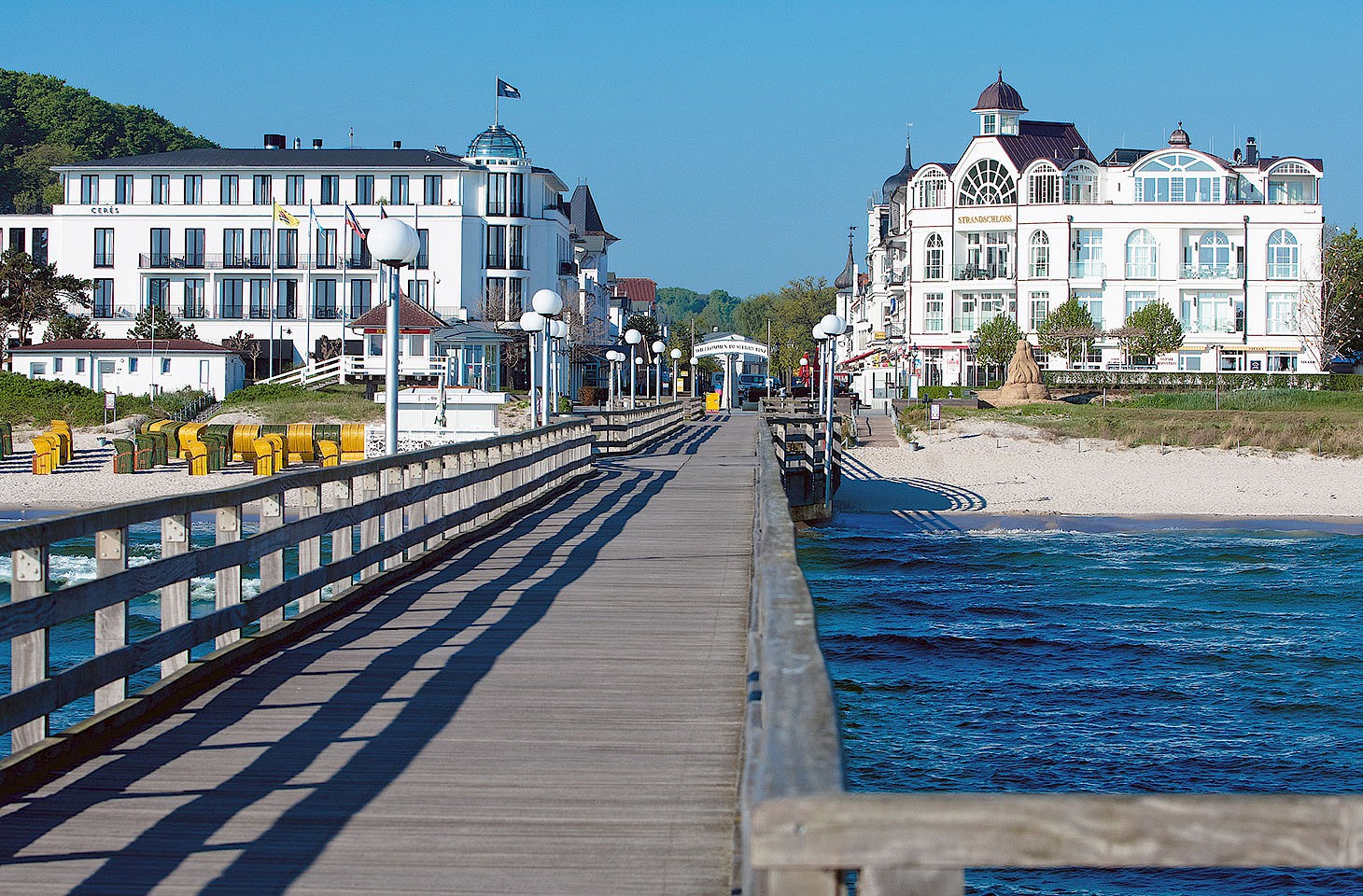Dear fellow travellers
The tristesse of fading memories, of people and places lapsing into history evokes many mixed emotions. In the former German Democratic Republic (East Germany or the DDR), one runs across improbable outbreaks of nostalgia for the good old days of the DDR when life was altogether simpler. For many older Germans who grew up in the DDR, the new order is associated with uncertainty in the labour market, consumerism and rising prices, and many look back with evident affection on some aspects of life in the DDR. Not all of course, and films like Das Leben der Anderen (The Lives of Others) act as a sharp reminder that life wasn't always quite so rosy in East Germany.
The German word for this phenomenon - Ostalgie ('EASTalgia') - nicely captures this peculiarly eastern fad, in which some folk look back wistfully on their lives in a country that had fabulous gherkins, no bananas, some of the most ghastly wallpaper in the world, and lots of engagingly old fashioned trains. Perhaps the DDR just disappeared too quickly for its citizens to mourn its passing. And certainly the streets of a unified Germany are not paved with gold in the way that some East Germans might have imagined, or were encouraged to believe, when they opted for unification with West Germany.
For visitors to the former German Democratic Republic, it is hard to get a feel for this intriguing state that suddenly disappeared. For many, a viewing of the film Goodbye, Lenin is the closest they will ever come to catching the pulse of the old DDR. Yet three exhibitions have excellent displays of the artefacts that defined the DDR, and in so doing give real insight into life in the former communist country. The most established of the three is in the eastern city of Eisenhüttenstadt, just ninety minutes east of Berlin by train. This planned steel town close to the Polish border has some fine examples of DDR architecture - it was not for nothing that this model socialist city was once called Stalinstadt. The Dokumentationszentrum Alltagskultur der DDR documents the everyday culture of East Germany, with a fine collection of household objects and consumer products.
Now there is a DDR-Museum in Berlin too, and this venture, unlike its rival in Eisenhüttenstadt, is a private enterprise initiative. That alone will probably raise an eyebrow or two among old comrades. Visitors to the DDR Museum, on the banks of the Spree bang in the heart of Berlin, can drive a Trabant, watch TV in an authentic DDR living room and rummage through the drawers in the kitchen. It is an eerie experience.
The public appetite for catching the whiff of the old DDR is hard to satiate nowadays with a growing number of shops and online stores retailing products that touch the nerves of Ostalgie. At Schloss Branitz near Cottbus a special exhibition that runs till 31 October captures the flavour of the old state-owned KONSUM stores in the DDR. A chance to combine a visit to an exquisite landscape garden and château with a feel for the old DDR.
Berlin visitors can go one stage further and check into a DDR style hotel. The Ostel in the centre of the city offers hotel rooms, holiday apartments and hostel accommodation with original DDR furnishings. Prices however seem to have crept up a bit from the days when we travelled around the workers' and peasants' state.
Links
- Ostel - the DDR hotel (in English and German)
- DDR Museum Berlin (in English and German)
- Dokumentationszentrum Alltagskultur der DDR (only in German)
- KONSUM exhibition in the Pückler Museum at Schloss Branitz (only in German



